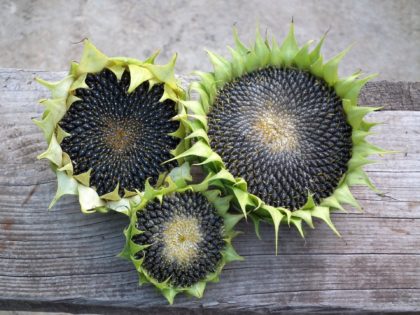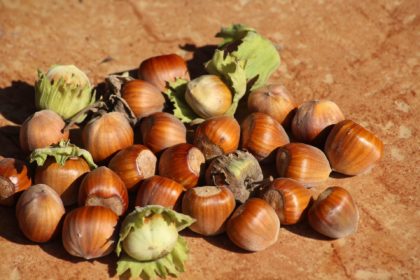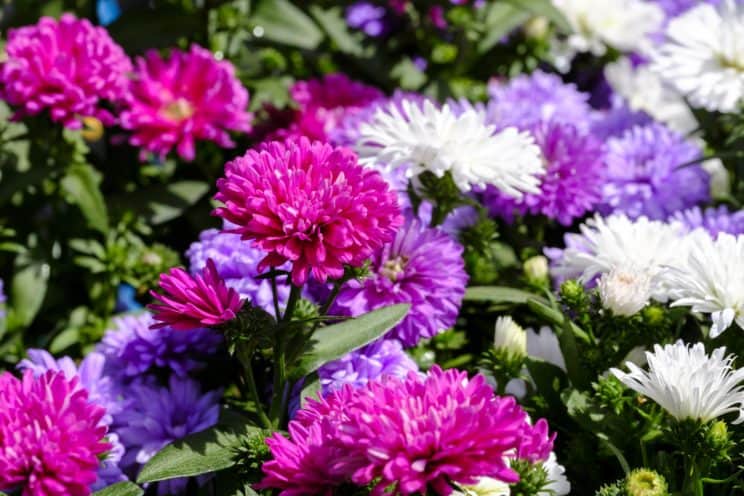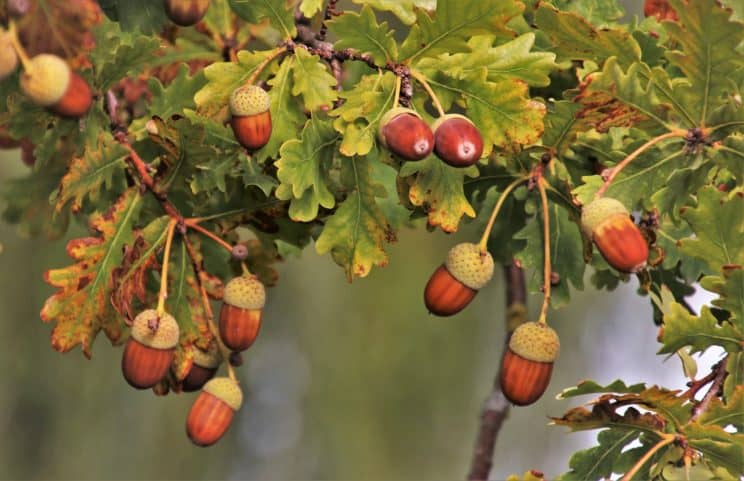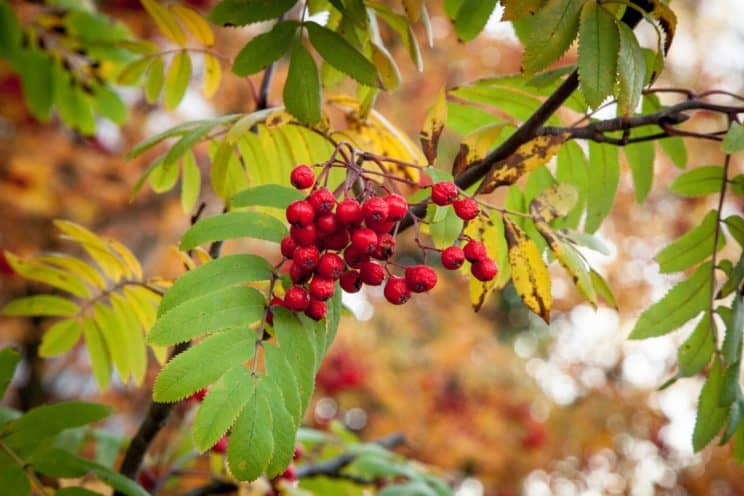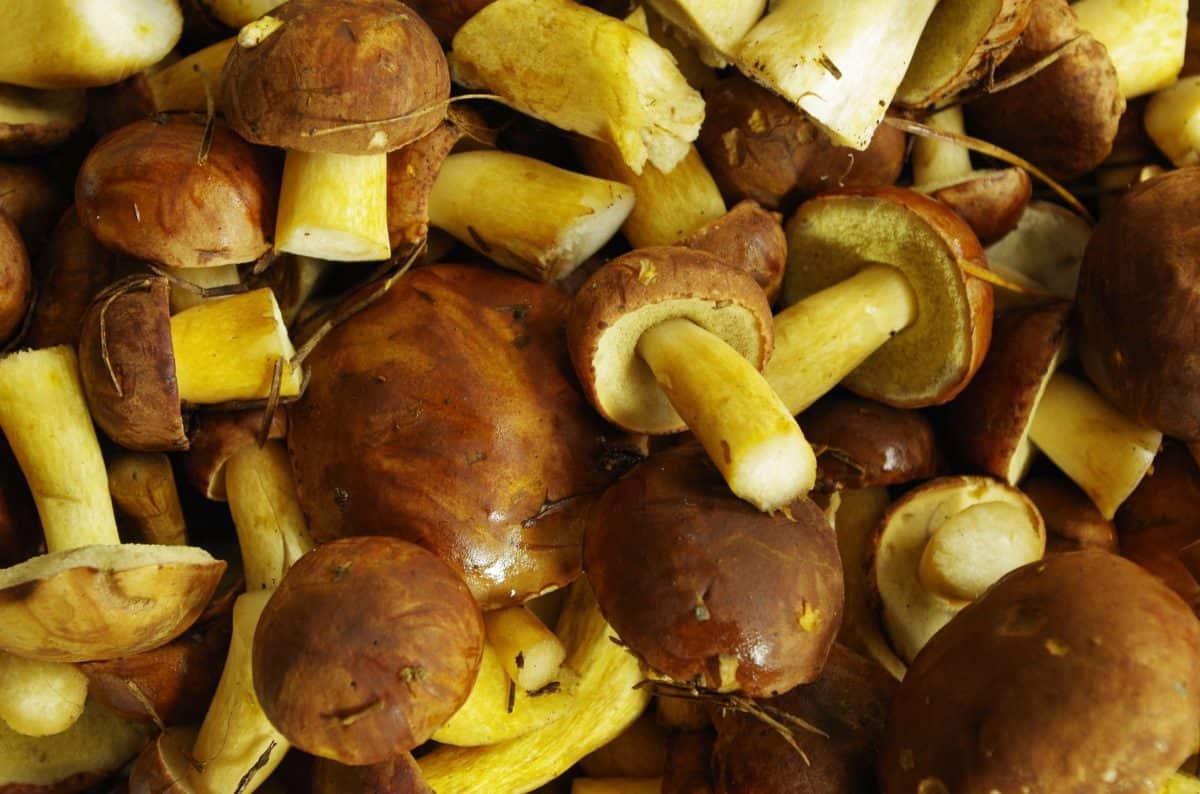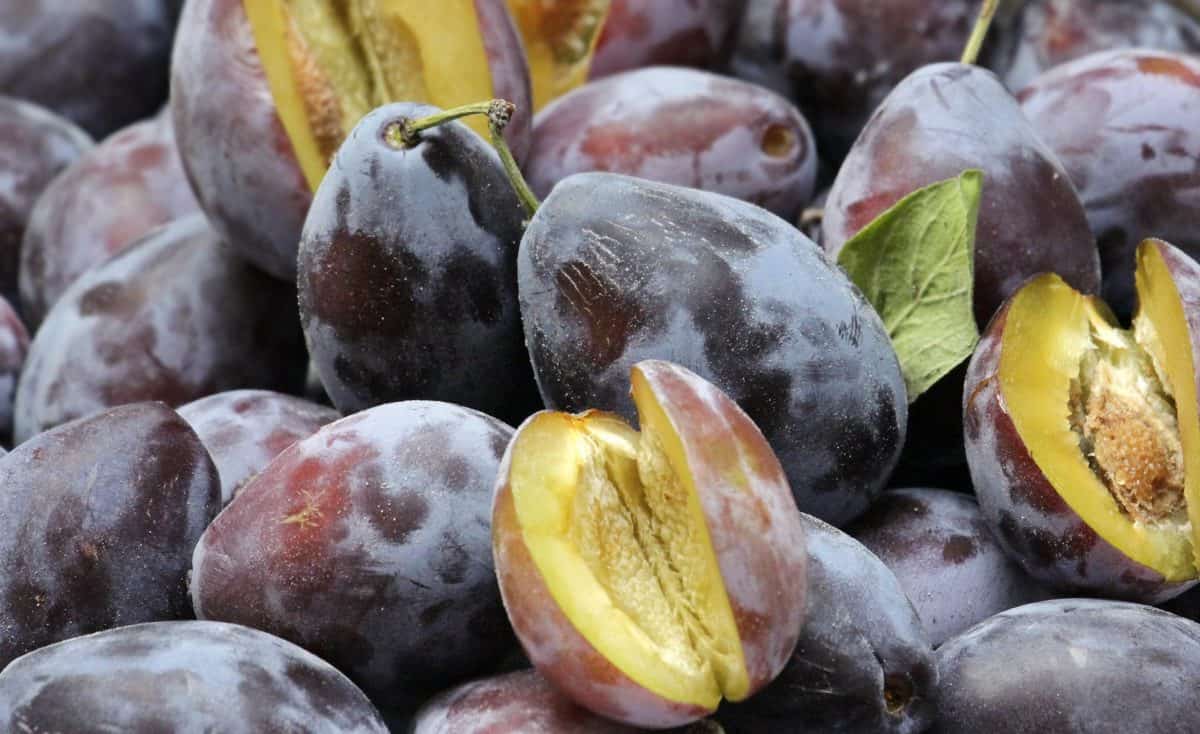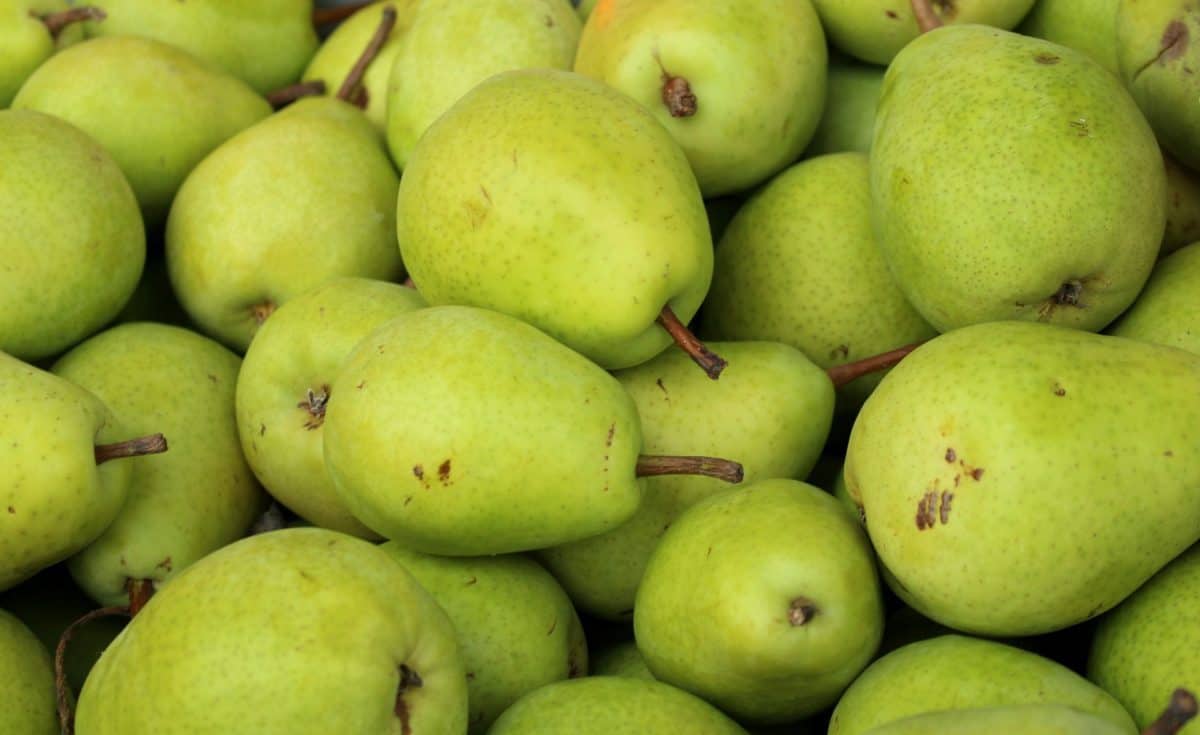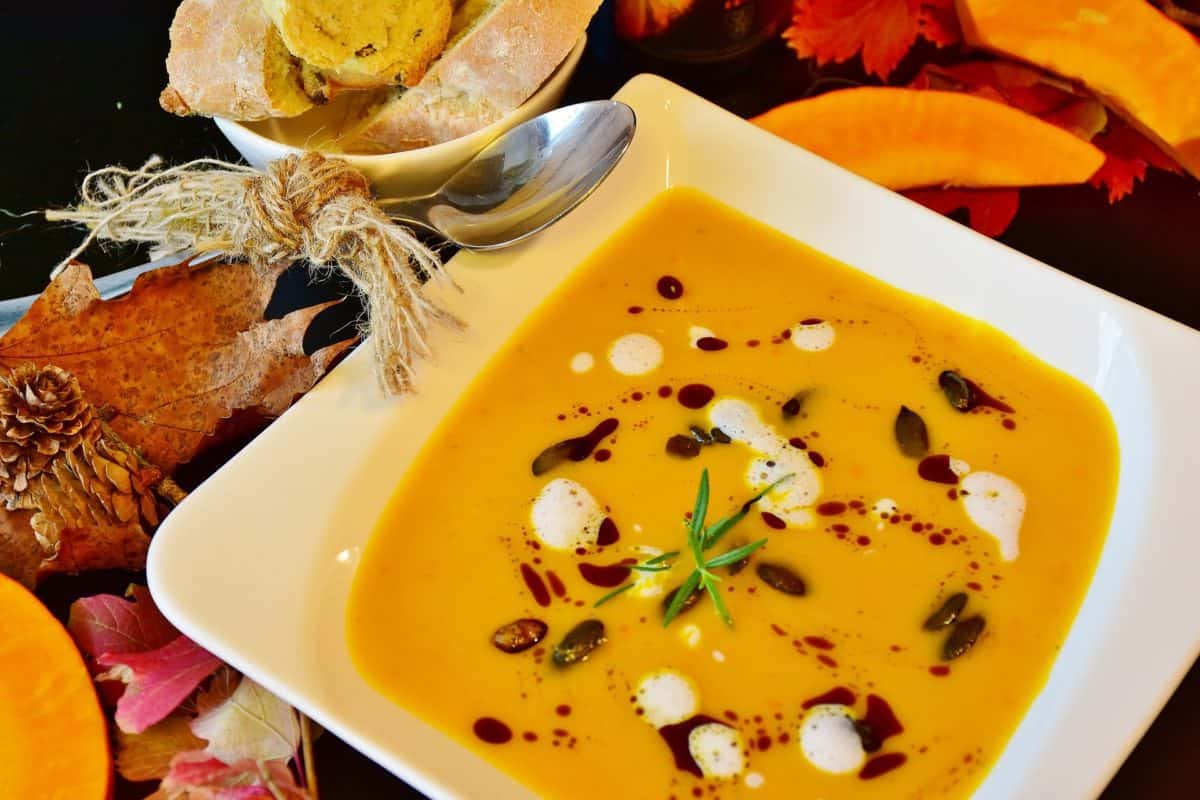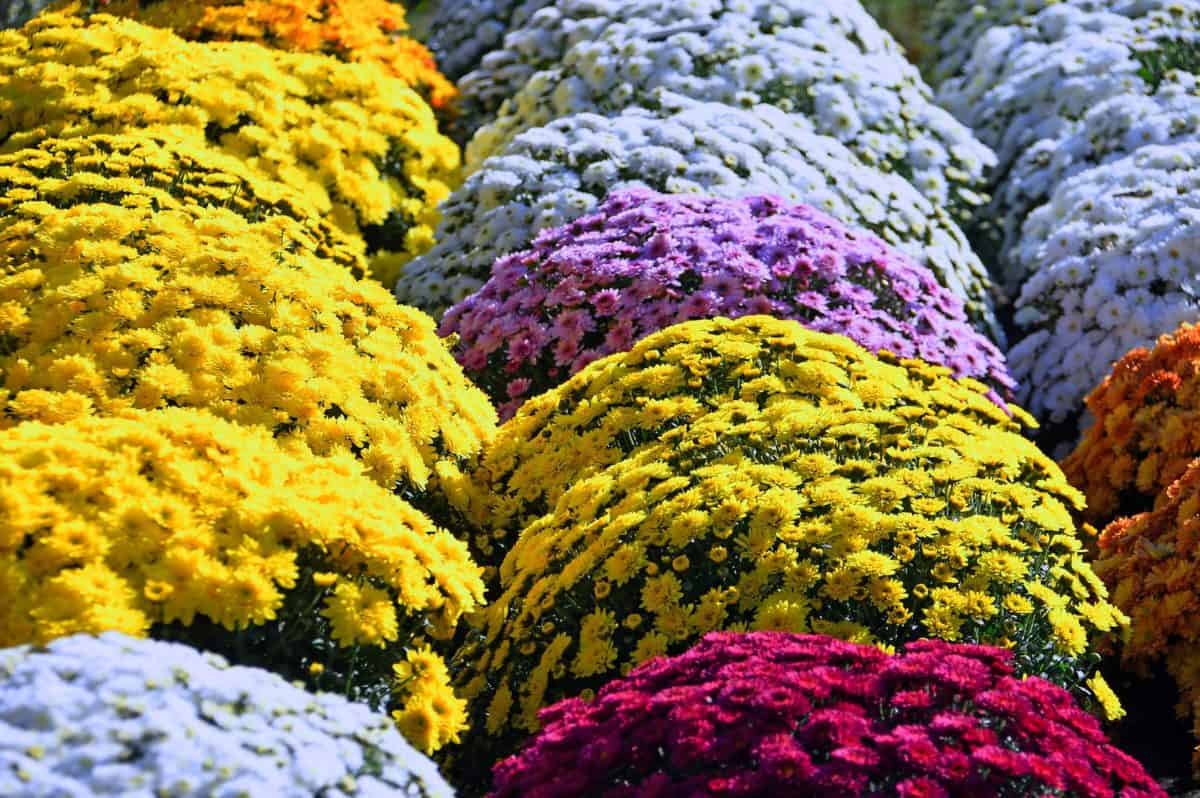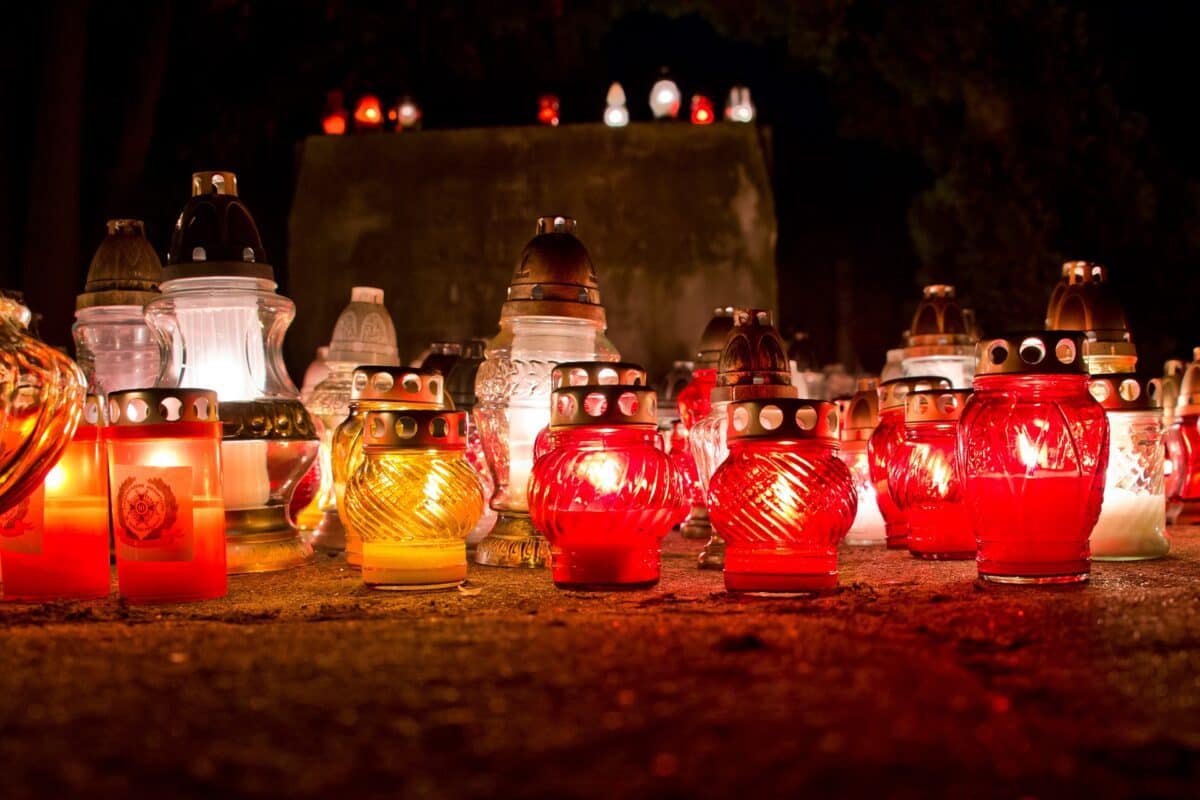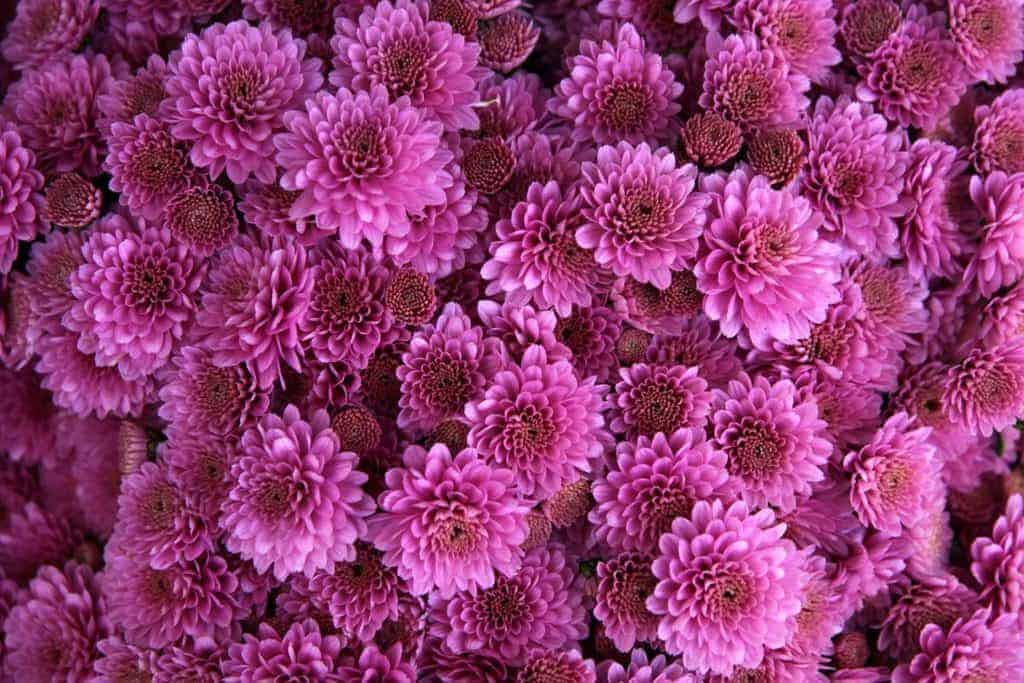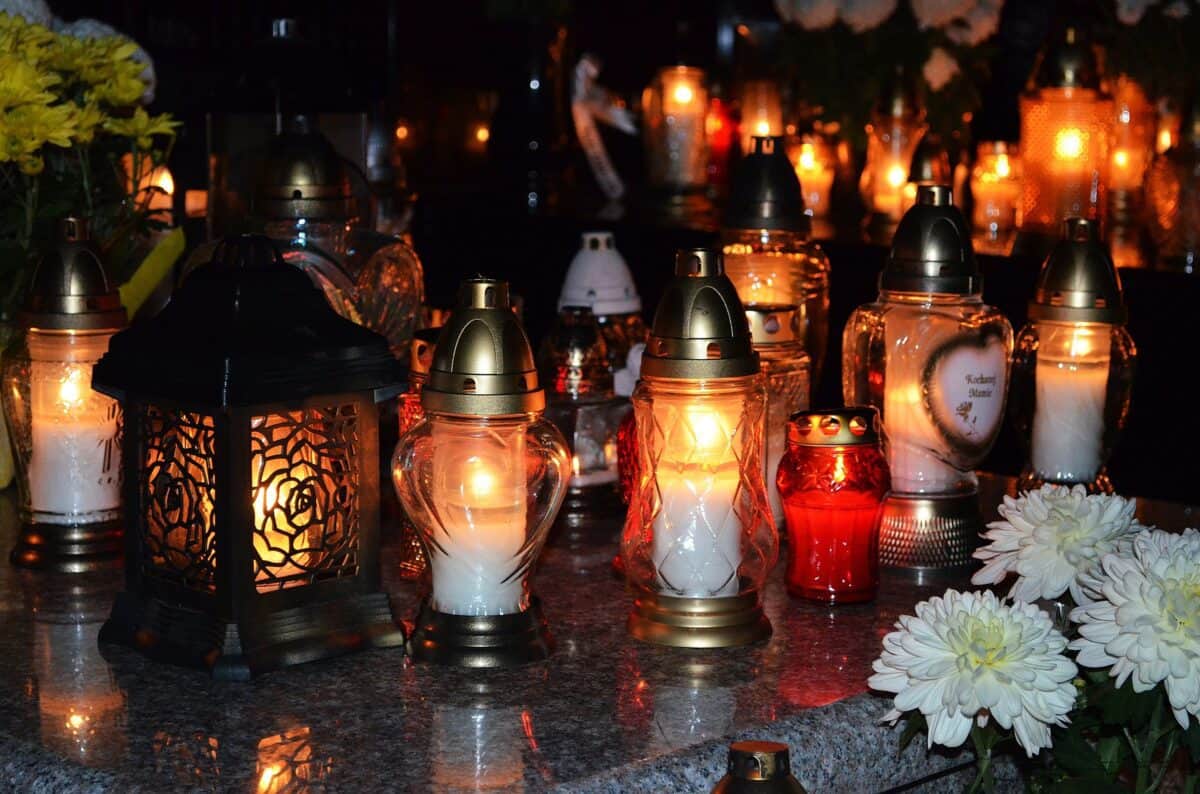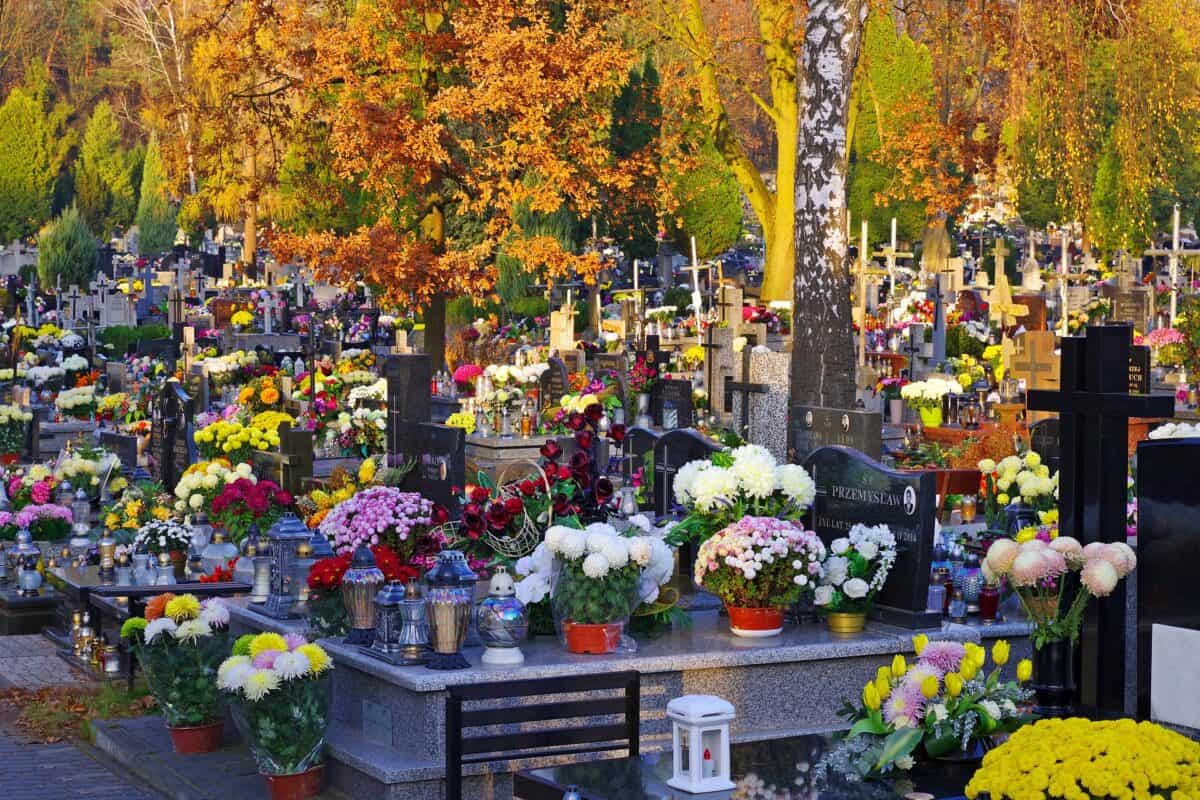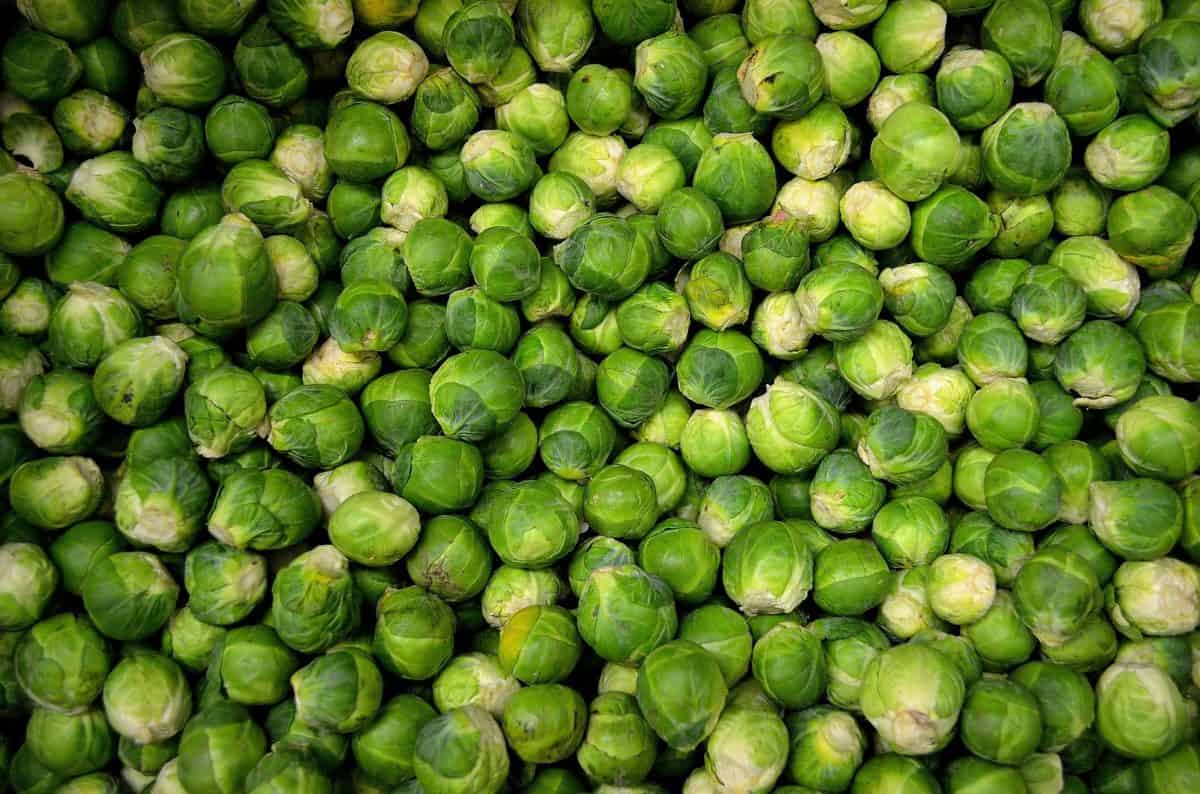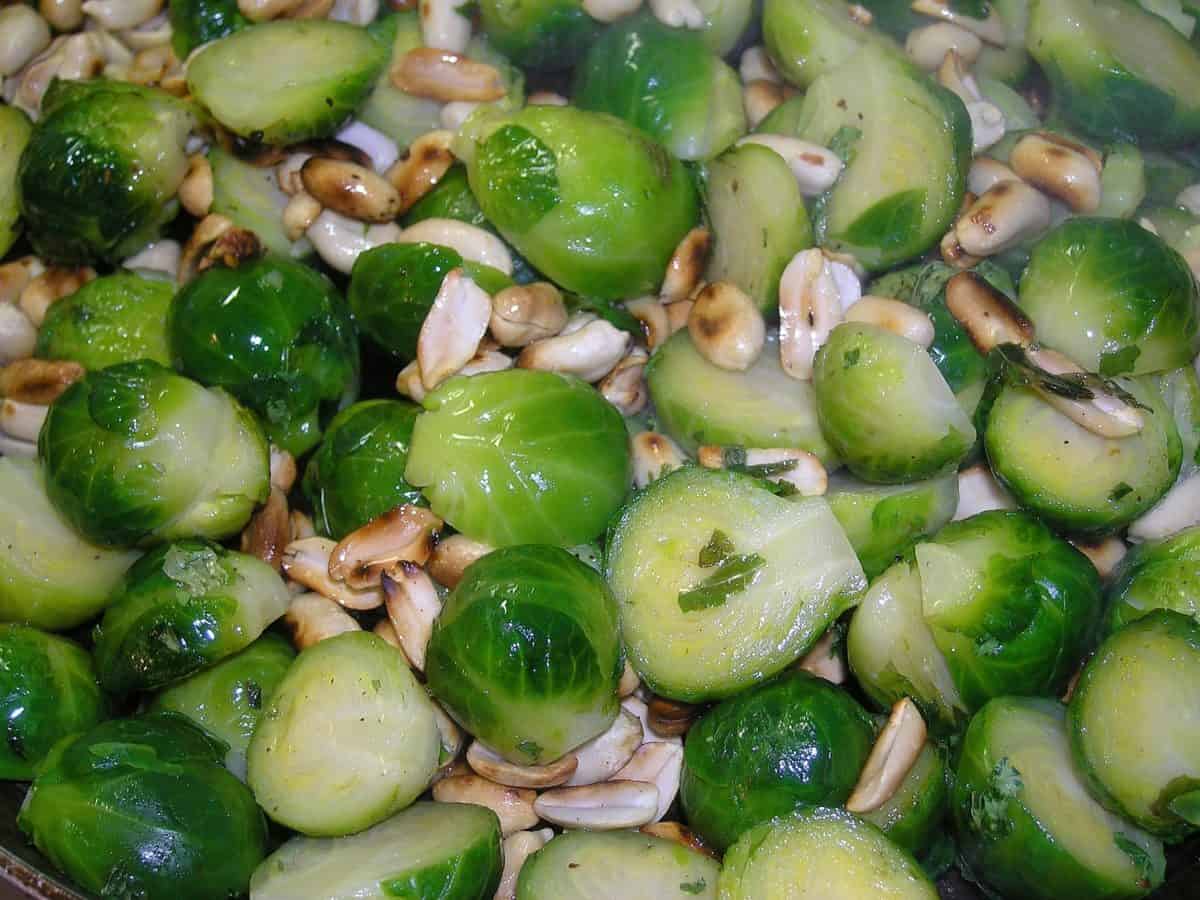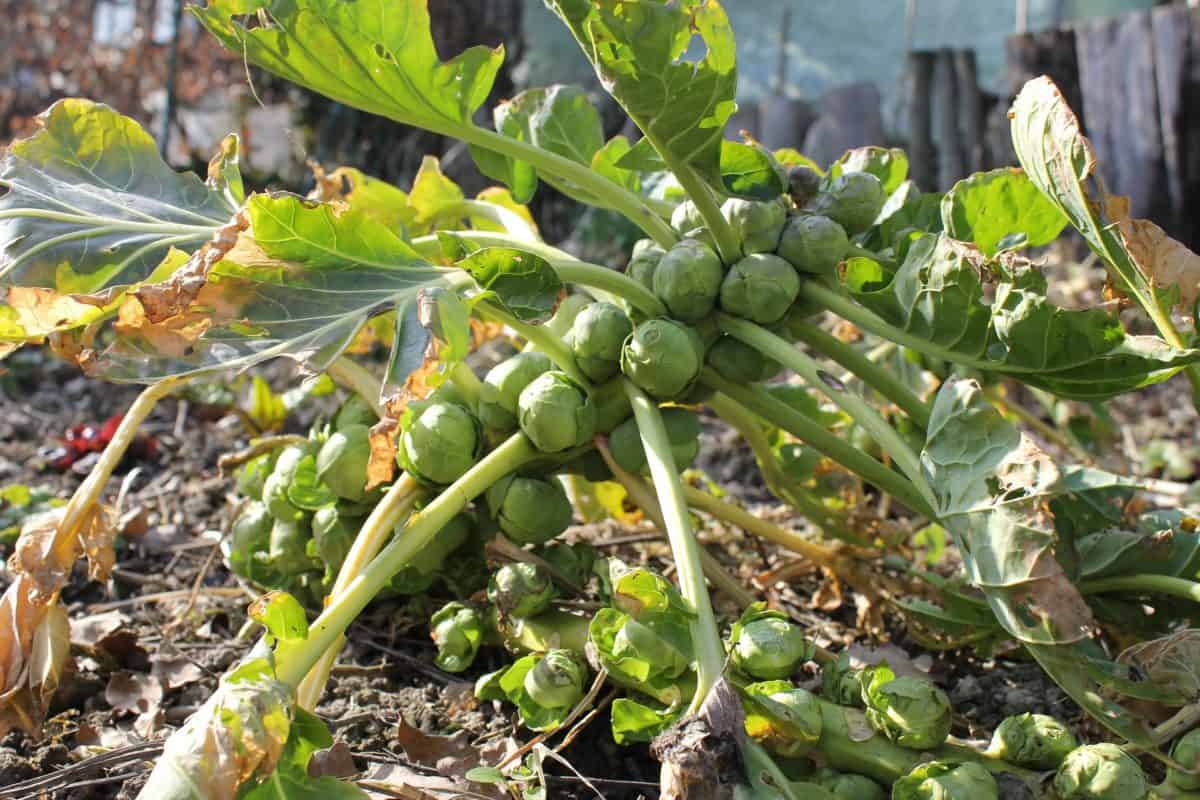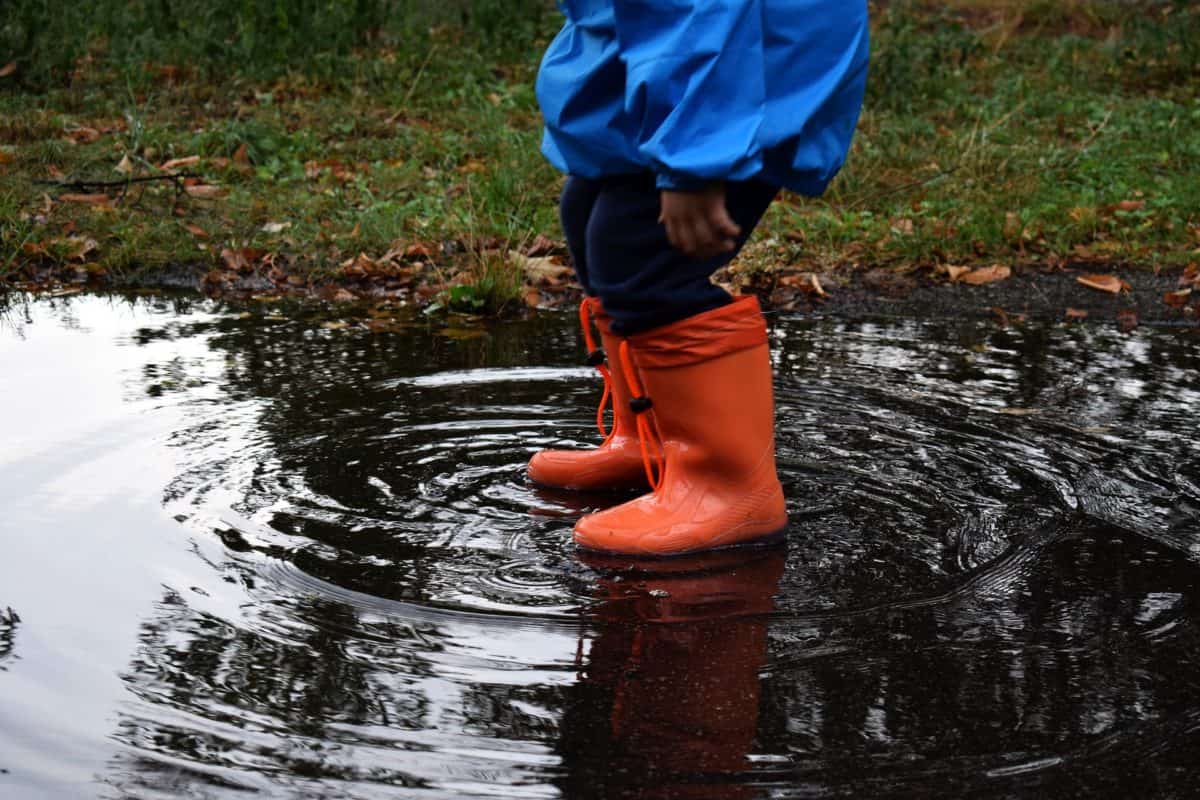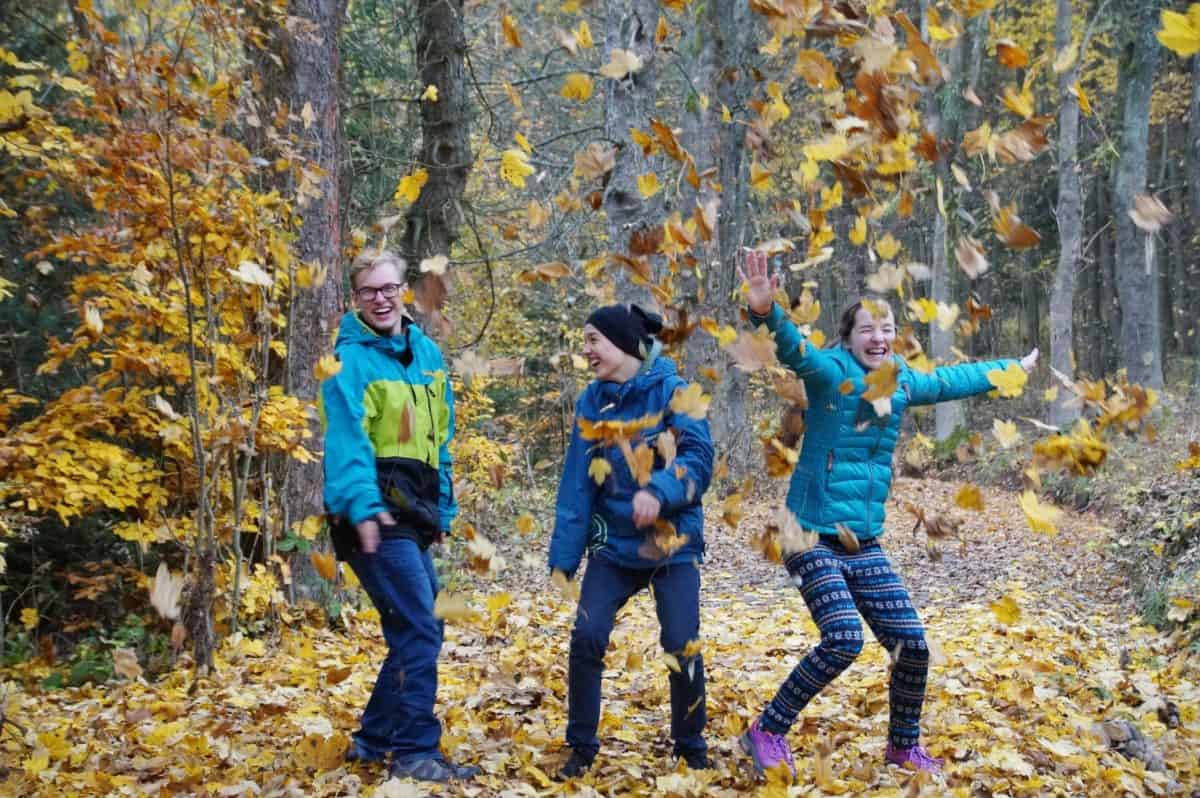September, October & November in Poland: from golden leaves to shorter days, from a variety of healthy seasonal foods to slow preparation for the cold season
For many people, autumn in Poland is associated with a drastic change in weather – rain, cold, and early sunset. For others, it’s their favorite time of the year in Poland – neither too cold nor too hot, and ideal for walking and admiring the fall foliage.
Nature’s signs of autumn in Poland include changes in the landscape – trees are full of vibrant colors of orange, yellow, brown, and red. The leaves begin to drop off, allowing children to play in the leaf piles or collect and dry colorful leaves. This time in Poland is called poetically ‘Golden Polish Autumn’ (Złota Polska Jesień). Be sure to visit a park in any city in Poland in autumn (and take your camera!) – nature will delight you with a unique palette of intense colors.
The first day of autumn in Poland falls on September 23. The day in Poland gets shorter and the night longer until the winter solstice on December 21 – the day with the fewest hours of sunlight in Poland in the whole year.
Weather and nature in Poland in September
September marks the end of summer in Poland. Technically, the summer lasts until September 23, but September in Poland is considered an autumn month. After all, it’s the month with the first day of school in Polish schools.
The average temperature in September in Poland is 14°C / 57°F (just like in May). The average rainfall level in September in Poland is 53 mm (for comparison, July has the highest average rainfall in Poland: 89 mm, and February has the lowest: 31 mm).
September in Poland is rich in colors, nutritious seasonal vegetables, and fruits. As a bridge from summer to autumn, September gives a slow time for plants, animals, and people to adjust and prepare for the harsh and demanding wintertime in Poland.
Bird migration begins in Poland in autumn. As early as September, you can see in the Polish skies the characteristic V-shaped flight formation of wild geese or cranes (the V shape in Poland is called klucz – a key).
September in Poland is a time for harvesting crops (called in Polish wykopki), mainly potatoes, carrots, beets, and apple picking.
The king of fruits in September in Poland is the apple. In September, apple trees everywhere in Poland are heavy with juicy apples of many varieties. Other seasonal fruits in September in Poland include plums, pears, and fresh cranberries. A whole bunch of vegetables available in August are still on sale (e.g., beans, zucchini, peppers, carrots, parsley, onion, and beetroots). Don’t miss the season for fresh sunflower seeds in Poland (it lasts until the end of September). In September, you can also buy fresh walnuts and hazelnuts at Polish vegetable stalls. They also offer various species of mushrooms, which are available fresh only in autumn! Polish names of the most popular mushrooms include: borowiki, koźlarze, maślaki, kurki, podgrzybki, gąski, kanie, opieńki.
Polish gardens are still in bloom in September. The most popular autumn flowers include asters (aster is a floral symbol of autumn in Poland), chrysanthemums, and roses. Visit forests in Poland in September to admire colorful heather/calluna flowers (you can also buy them at the florist). The Polish name of September (wrzesień) comes from the heathers (wrzosy).
The end of September is the time of the year in Poland when kids go chestnut hunting in the parks. Later, at kindergartens or schools, they create fantastic figures with chestnuts (please note that most chestnuts in Poland are not edible!) and acorns (oak nuts) or beautiful rowanberry necklaces. Chestnuts (kasztany), acorns (żołędzie), colorful autumn leaves, and rowan red berries (jarzębina) are perfect materials for arts and crafts activities for children (and adults…). Autumn in Poland is friendly to anyone who loves DIY natural projects!
Weather and nature in Poland in October
The weather in Poland in October differs each year and is difficult to predict – one day, you can enjoy sunny weather, and the other, it’s cold and rainy (there are no frosts in October that can occur in Poland, for example, in November). The average temperature in October in Poland is 9°C / 48°F (just like in April). The average rainfall level in Poland in October is 46 mm (lower than in September). The Polish name for October – październik (quite a tongue twister, isn’t it?), comes from the word paździerze, meaning the dry stalks of flax.
In October, days in Poland get noticeably shorter, and in this transition month, you can be surprised by how early the sun goes down in the evening. The length of the day goes from 11 hours 35 min. on October 1 to 9 hours 39 min. on October 31. Besides, changing time mixes things up. Mark your calendars with October 26, 2025 – a time change in Poland. At 03:00 am, clocks are turned backward 1 hour to 02:00 am (read more about dates to remember in Poland in autumn and another post on time change in Poland). Sunrise on October 1 will be at 6.37 am, sunset at 6.13 pm. The sunrise on October 31 will be at 6.30 am, and the sunset will be at 4.08 pm (data for Warsaw).
October gives us the last chance to admire fall foliage in Poland or collect chestnuts and acorns with kids. In late October, the leaves wither and fall from the trees. Do not delay – use every day with nice weather for walks, to delight in the last days of ‘Golden Polish Autumn’, and to charge your body batteries before winter.
As nature prepares for winter, it’s also time for us to fill pantries and make the most of the last fresh local products. Vegetable stalls in Poland in October still offer various species of forest mushrooms; however, there are usually fewer of them than in September. Polish seasonal fruits are almost gone compared to summer, but you can still enjoy local apples, pears, and plums. The Polish grapes are fully ripe already. You can experiment with rare and nutrient-rich Polish fruits available in October: quince (pigwa), rosehip (dzika róża), cranberry (żurawina), or hawthorn berry (głóg).
In October, the harvest of potatoes, carrots, parsley, beets, and celery ends in Poland. Pumpkin takes over and becomes the queen of October! Until recently, pumpkin was not popular in Poland. It was grown mainly in home gardens and used for pumpkin in vinegar preserves or dried seeds (as a snack). However, a dozen years ago, Poles finally fell in love with pumpkin, and pumpkin dishes entered the Polish families’ menu. The most popular of them included soups (typical for Poland!) and cakes.
Weather and nature in Poland in November
The average temperature in November in Poland is 4°C / 39°F (a bit warmer than in March). The average rainfall level in Poland in November is 41 mm. November is the coldest of the autumn months in Poland, but also the least rainy compared to September and October. However, November is considered by many to be the rainiest time in Poland (probably because of the combination of rain, cold weather, and wind). The length of the day drops from 9 hours 34 min. on November 1 to 8 hours 38 min. on November 30. Sunrise on November 1 will be at 6.32 am, and sunset at 4.06 pm. The sunrise on November 30 will be at 7.21 am, and the sunset at 3.27 pm (data for Warsaw).
Nature falls asleep to survive the winter. The last gold and red leaves fall from the trees (the Polish name of the month – listopad – means the falling leaves). It turns gray and gloomy. In the morning – frost; in the evening – rain. Nothing but snuggle comfortably at home with a steaming cup of tea (a Polish way).
On the other hand, November in Poland offers two so-called long weekends (called in Polish długi weekend – when a public holiday / non-working day falls close to a weekend and people usually take an additional day or two off). In 2025, November 1 falls on a Saturday, and November 11 falls on a Tuesday (read more about public holidays and dates to remember in Poland in autumn). The perfect excuse for a city break in Poland! Why not visit Wrocław, Poznań, Toruń, Kraków, Łódź, Olsztyn or Gdańsk in November?
November is a pretty nostalgic time in Poland due to the mostly grey weather and the significant holiday in Polish tradition – All Saints’ Day (Wszystkich Świętych), also called in Poland the Day of the Dead (Święto Zmarłych). People often travel all over Poland to their hometowns and, en masse, visit cemeteries to light candles and lay flowers on the graves of their family and friends. Cemeteries look exceptional this time of year in Poland (especially in the afternoon and evening when it’s dark outside) with thousands of candles.
In November, the local marketplaces in Poland are full of chrysanthemums sold in pots. Chrysanthemums are the flowers people typically take to the cemeteries, so unfortunately, it’s risky in Poland to present these beautiful flowers as a gift.
Rogal Świętomarciński, a symbol of the city of Poznań, is a delicious pastry called in English St. Martin’s Croissant (rogal has a similar shape to a French croissant; however, you prepare the Poznań rogal with an addition of yeast). The filling is crucial and includes white poppy seeds, almonds or other nuts, vanilla, raisins, ground dates, or figs.
Rogal Świętomarciński is included in the list of regional heritage products protected by the European Union. To produce the rogal, you need a special certificate from the Poznań Pastry Chefs and Bakers Guild.
On November 11, Poznań celebrates Saint Martin’s Day. In November, this sweet delicacy is sold in many confectioneries and bakeries in Poland, not only Poznań.
You probably don’t expect any fresh veggies in Poland in November. There is one super-nutrition exception! November is the perfect time to eat brussels sprouts in Poland – the best-tasting sprouts are harvested after a few touches of frost. I don’t know how it is in your family, but in Poland, brussels sprouts don’t have a good reputation, especially among children. They are one of the ‘top yucky foods’ kids refuse to eat before trying them. So, November in Poland is the time of the year that you can convince your family that it’s worth eating brussels sprouts – one of the world’s healthiest foods.
It’s true that during rainy days, children indeed get bored. But it is undeniable that kids love rain if we let them get dirty. So dress appropriately for the weather, brace yourself and your patience, and run through the crunching leaves! Explore muddy puddles! Squeeze from November as much as possible.
Temperature and rainfall information source: Climate Change Knowledge Portal, sdwebx.worldbank.org, data for 1991-2016.
Subscribe to our monthly newsletters in English to explore Poland and learn about it! Once a month, you will receive a Newsletter: ‘Explore Poland with Kids‘. You will find there family-friendly destinations in Poland – beautiful places in Poland worth visiting with children – from city break destinations to hiking in the mountains (lots of practical tips!); things you can’t miss in Poland in a given month; dates to remember, holidays, observances in Poland in a given month so you can mark your calendars accordingly.














